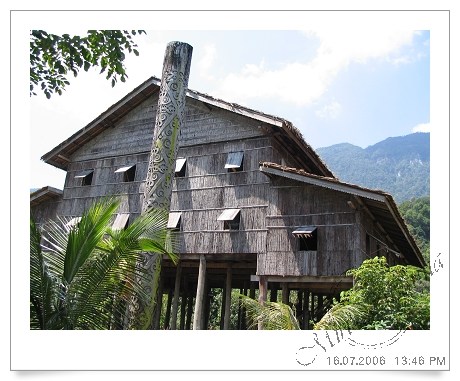
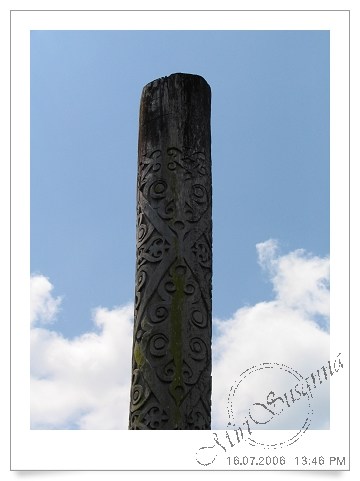
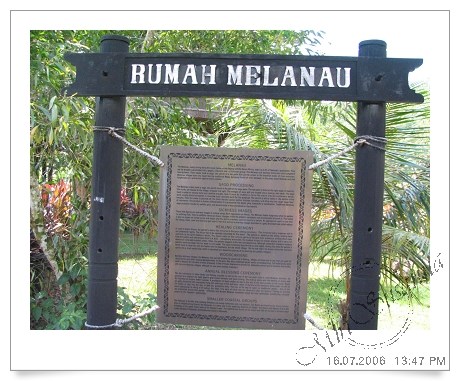
Melanau Tall Longhouse 馬來諾族的高腳長屋。
(官方網頁介紹,Infomation of SCV)
|
馬來諾族 馬來諾族佔砂勞越人口的5.8巴仙,主要居住在介於拉讓江和巴南河之間的沿海地區。他們分為回教徒,基督教徒和無信仰者。他們是勇敢的漁夫和能幹的造船者。他們的主食是碩莪-一種生長在鹹水河口的棕櫚科植物。馬來諾族的部落和傳統的馬來干榜相似,過去有的馬來諾人還建了高腳長屋來防禦外敵。 MELANAU The Melanau, mainly living along the coast, between the Rajang and the Baram Rivers, make up 5.8% of Sarawak’s population. They can be broadly sub-divided into a pagan, a Muslim and a Christian group. The Melanau are fearless fishermen and competent boat-builders. Their staple food is sago, the starch of a tall palm that can be grown in the brackish water of river estuaries. Melanau villages look very much like the traditional Malay kampung found all over Sarawak. In the past, some Melanau built tall longhouses as a precaution against enemy attacks. |
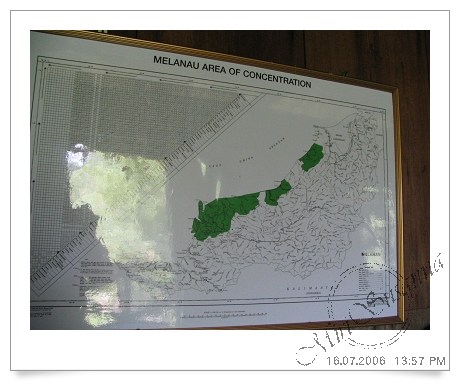
馬來諾族的分佈區。
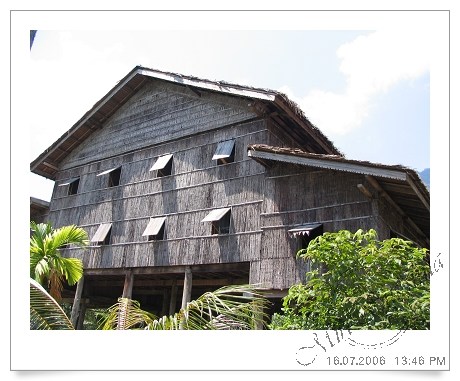
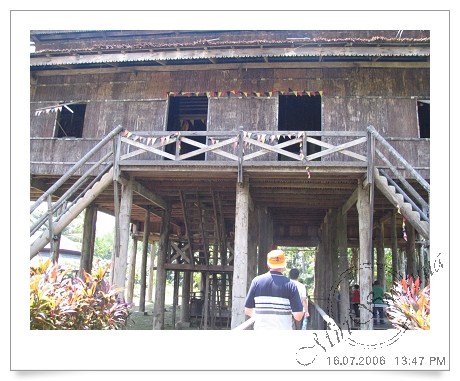
高腳長屋的確很高。
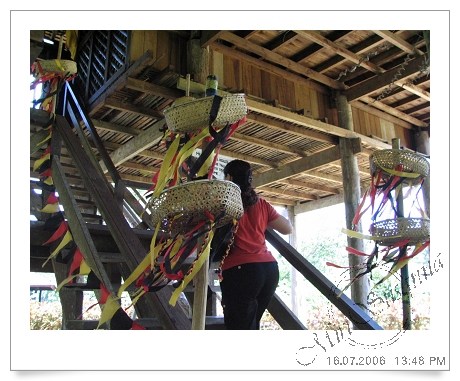

竹籮和祈福的彩帶。
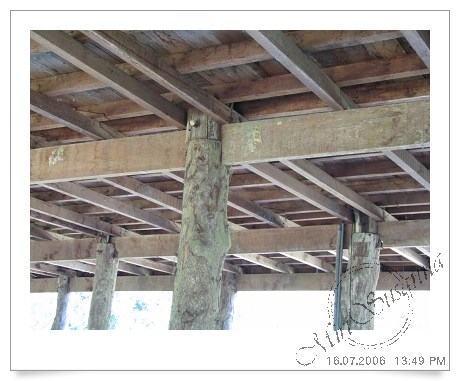
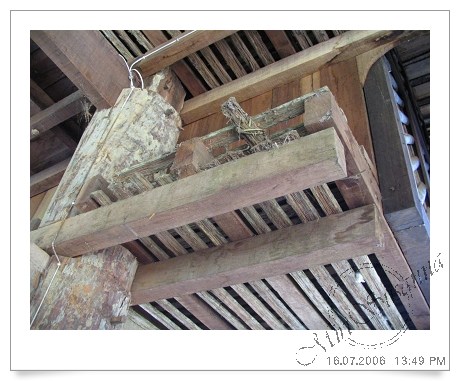

簡單的生活工具。
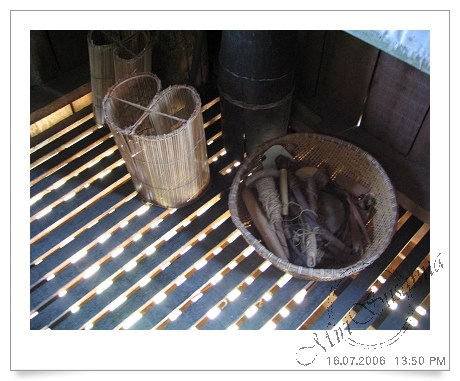
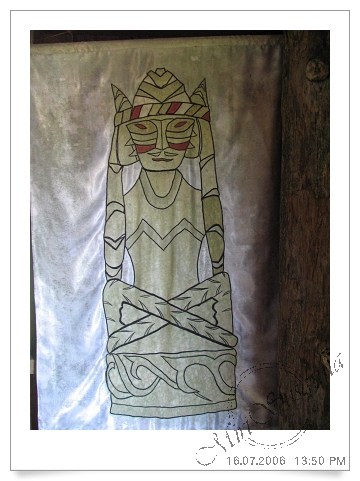
|
SICKNESS IMAGES These little figures are sickness images in a literal sense. Each represents an illness. The Melanau healer diagnoses what his patient is suffering from. Then he skillfully carves an image, charges it with the patient’s complaint, and ceremonially discards it. The healer is also an expert on herbal cures and magic charms, but in a serious case he resorts to belum. An appropriate spell is cast over the image, betel, sireh and lime are spat over it, then it is sent on a one-way voyage downriver in a gaily decorated boat called rabung. |
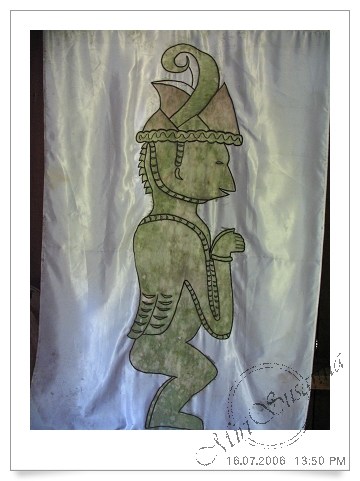
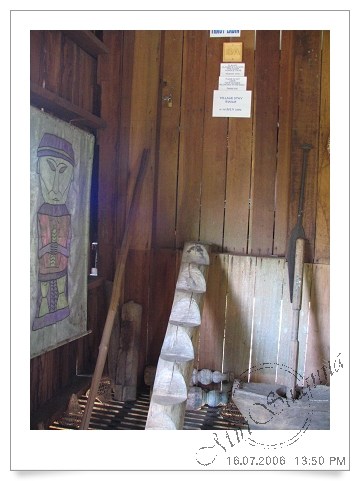


大廳里展示的是該族Ayun儀式的裝飾和佈置。
|
HEALING CEREMONY In case of major illness, the patient’s family has recourse to the ayun(swing) ceremony. This involves heavy expense, and is not undertaken lightly. The house has to be specially decorated for this event. The patient is seated on the swing, rocking back and forth to the spirit medium’s drum. The healer calls on the various spirits to declare their presence, entices them away from the patient and challenges them to a duel. Completely entranced, the medium lunges at unseen enemy with a sword or dances on venerable caladon plates. Often, the patient staggers to his feet and dances too, although competent(western) medical opinion world consider him to weak to even walk! The ayun ceremony lasts for five to nine nights. During this time the patient’s family have to feast not only the healer and his assistants, but the whole village. On the last night, the healer drives the sickness spirits into a small model boat, which is launched on a downriver journey of no return by the jubilant villagers. |
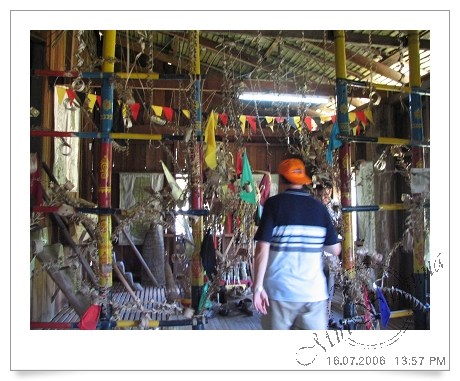

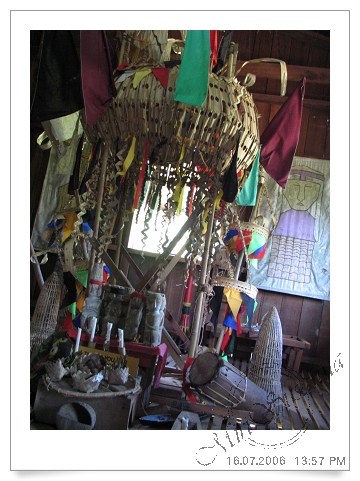

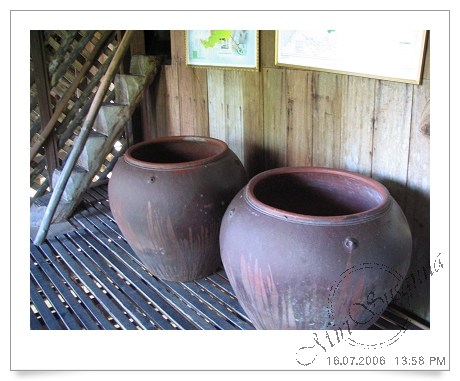
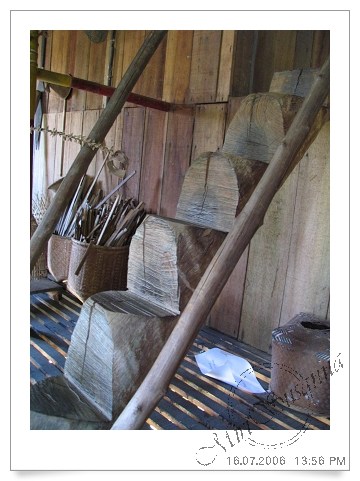
簡單的木梯。
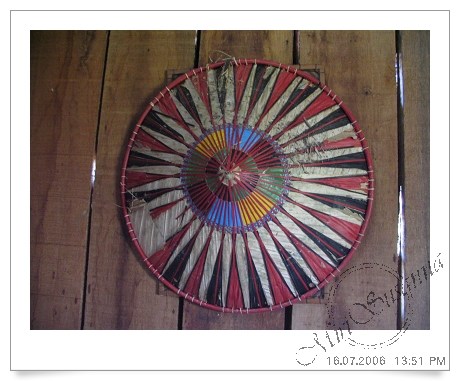
馬來諾特色的斗笠。
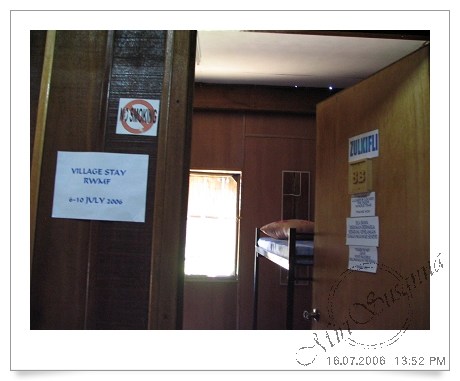
這裡備有住宿房間,給團體辦活動用。
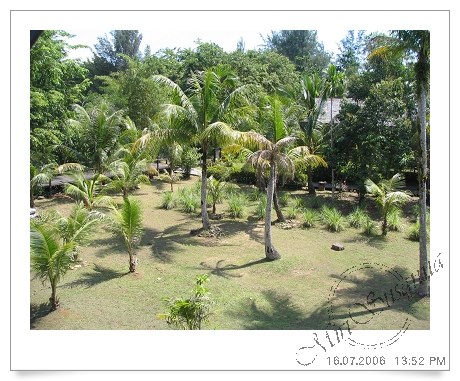
窗外的景色。
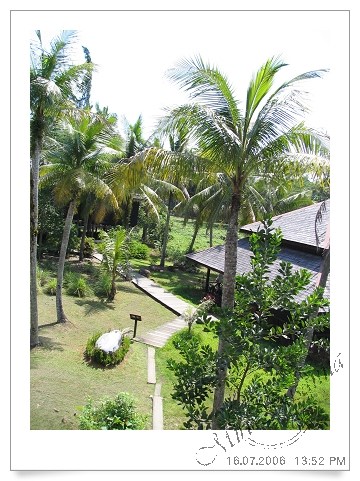
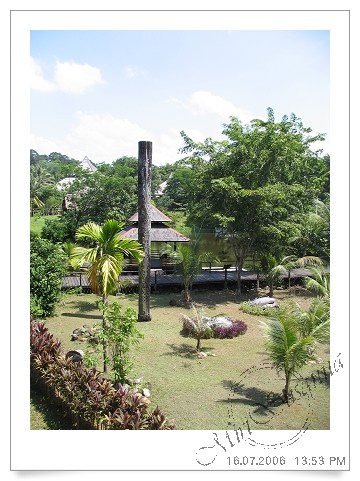

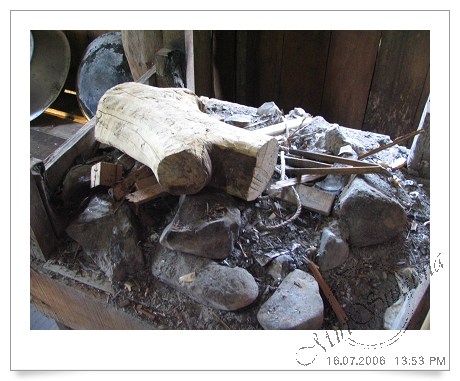
烹飪的灶台。
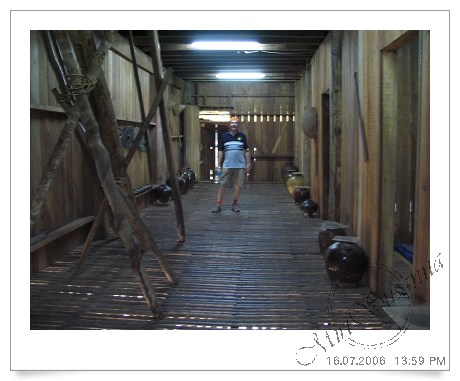

簡單的臥室。
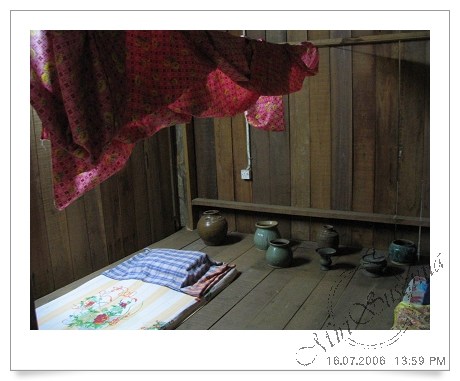
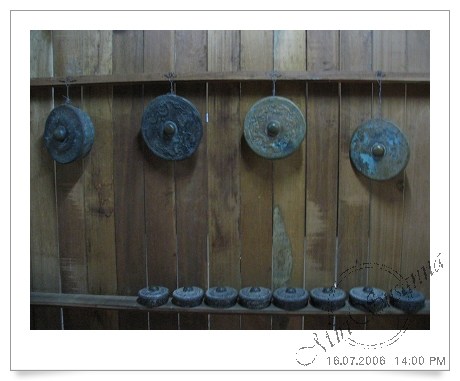
樂器。
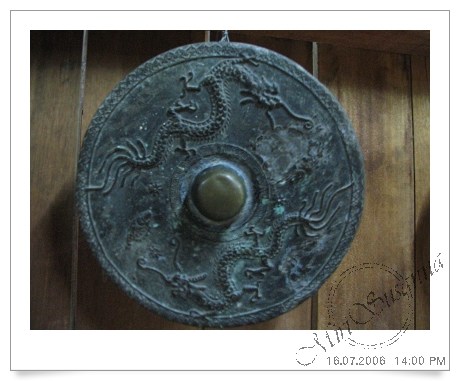
這是不是從中國來的??
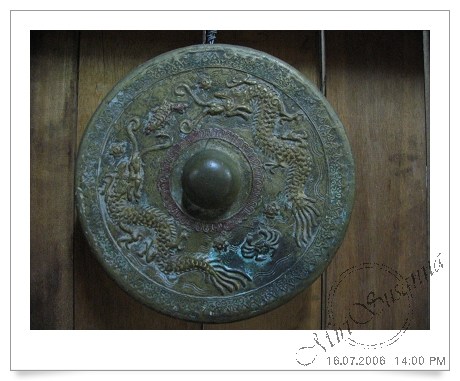
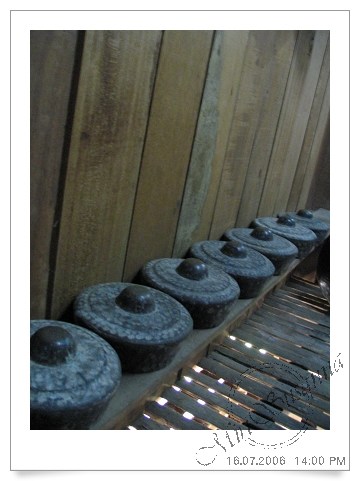
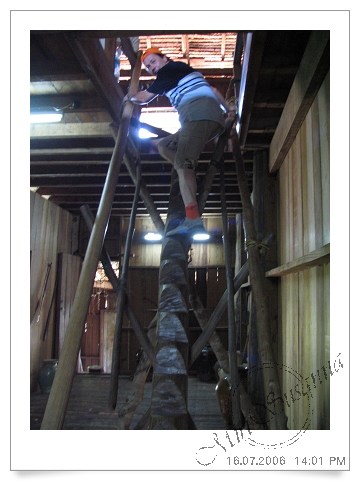
爬這種木梯對我來說是很大的挑戰﹗
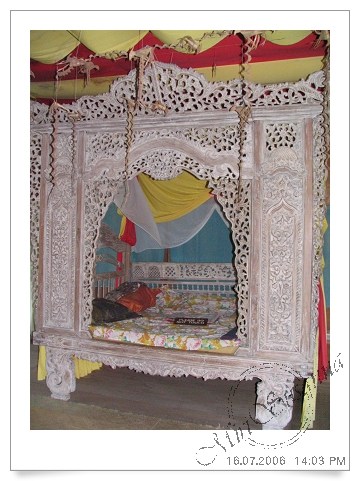
傳統的新房佈置。
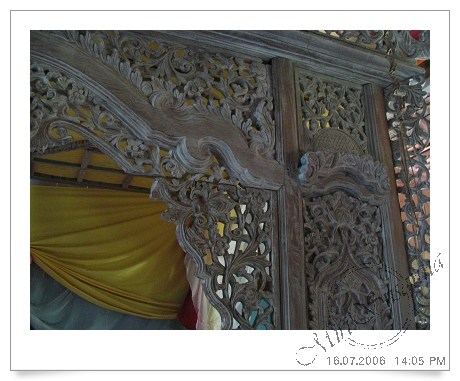
精緻的木雕裝飾。
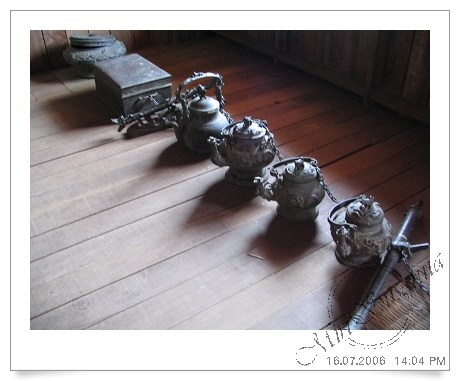
古老的器皿。
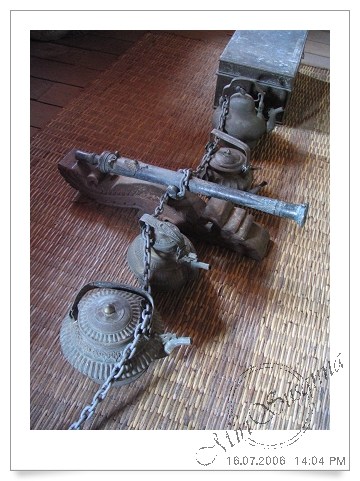
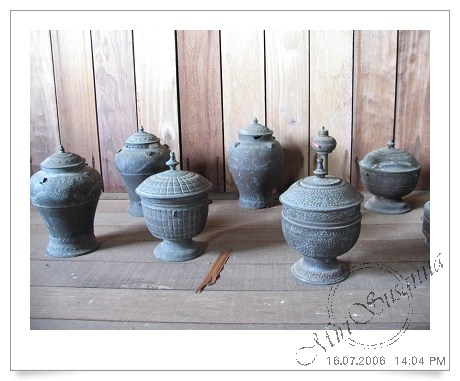

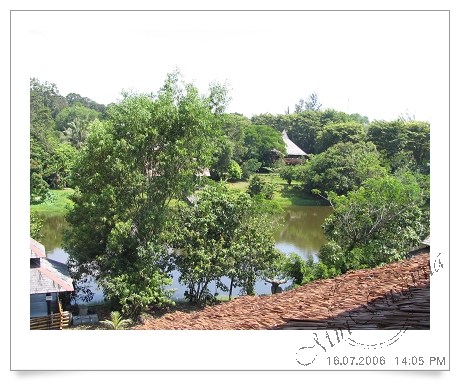
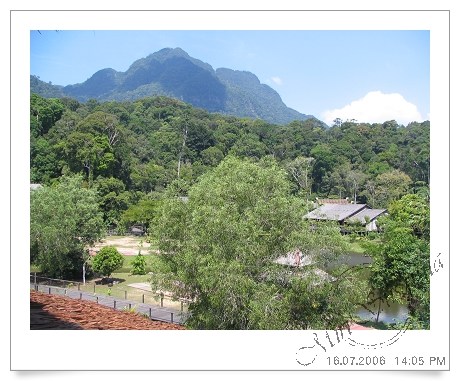
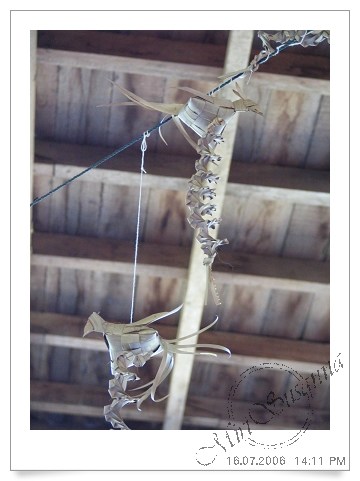
這些都是竹葉之類編成的裝飾品,具有吉祥的意義。
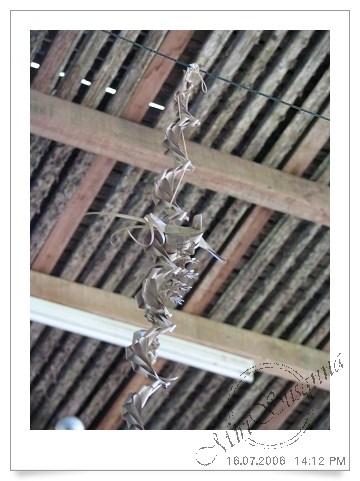
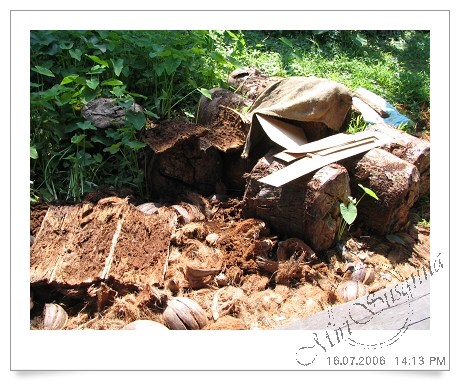
|
SAGO PROCESSING The Melanau’s daily food is sago, the starch found in the pith of the sago palm. The tall palm is felled at the right stage of maturity. The trunks floated to the village, stripped and split. The wedges of sago pith are rasped into a coarse, wet mash. The sago mash is pilled on strong mats over shallow troughs. Now it must be trodden to force the starch into the containers below, work usually done by women in riverside huts specially built for the purpose. The starch is left to settle in the bottom of the troughs. Then the water is poured off, the thick starchy paste further drained, kneaded, and dried into the rough ‘sago flour’ of commerce. The product is further refined before it is processed into starch, glue, foodstuffs or condiments. Traditional Melanau sago products include dry pellets, grits, and several kinds of biscuits baked on clay hearths. |
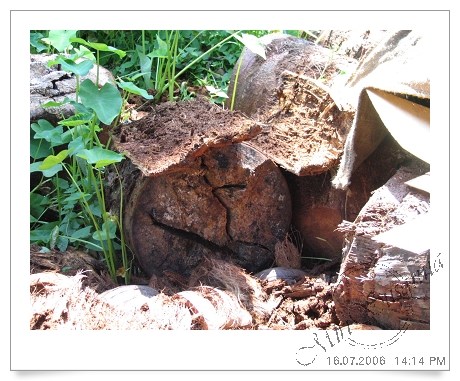
碩莪樹幹。

磨出澱粉。
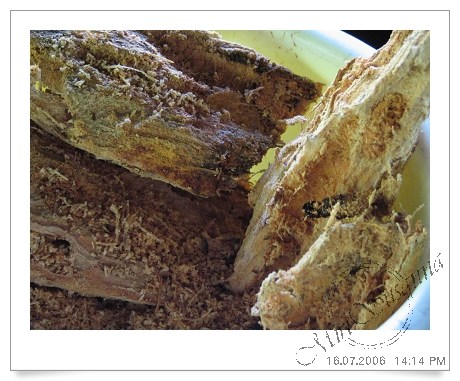
樹幹內觀。
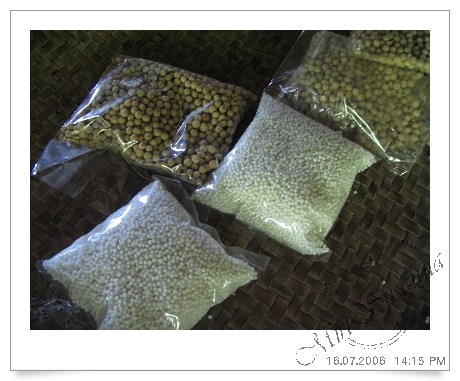
碩莪粒。
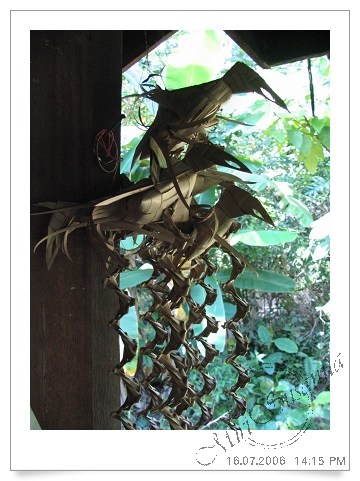
漂亮的手工藝品。
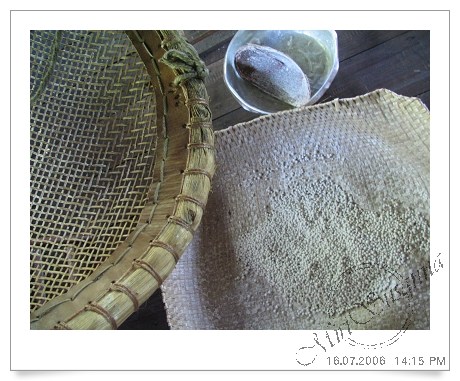

做成碩莪粒。
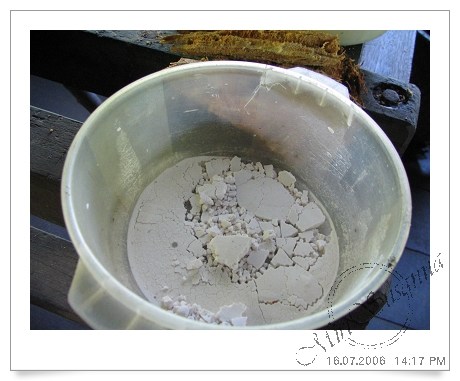
沈澱的碩莪粉。
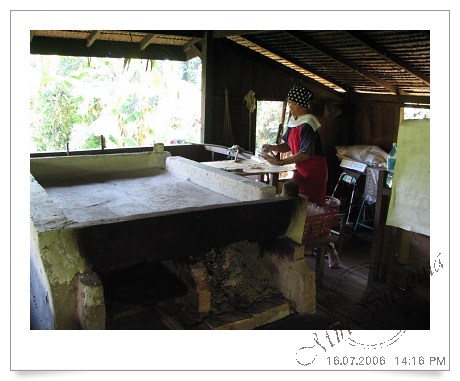
現場示範碩莪餅的製作過程。
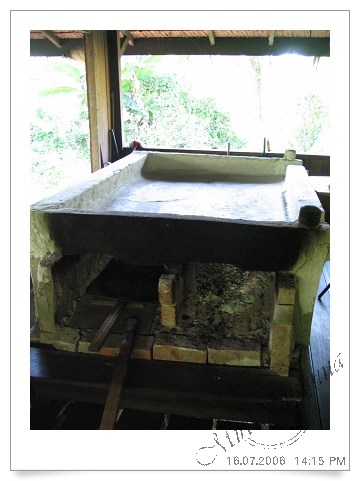
碩莪漿就倒在這灶上烤成薄餅。
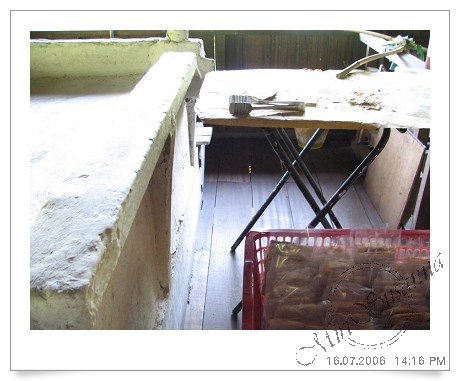
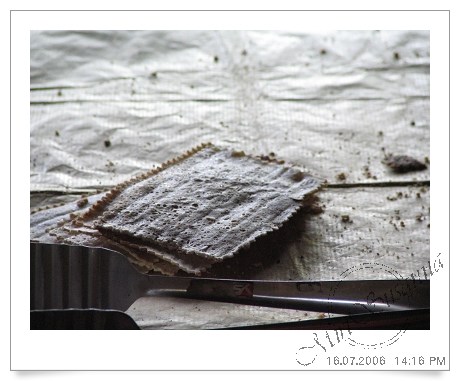
碩莪餅。
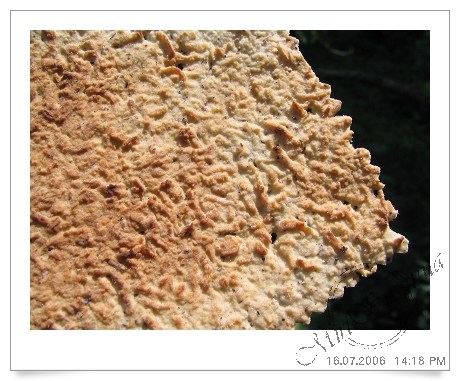
仔細看看。
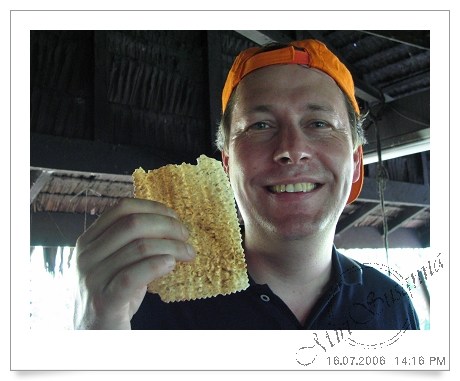
好香,好好吃﹗
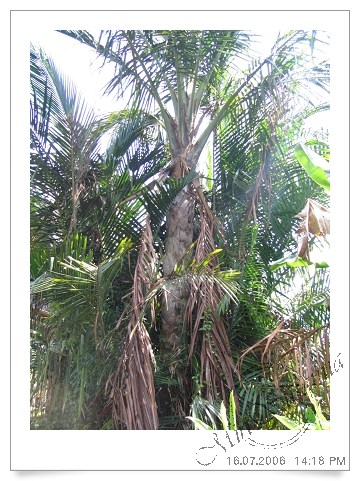
碩莪樹。